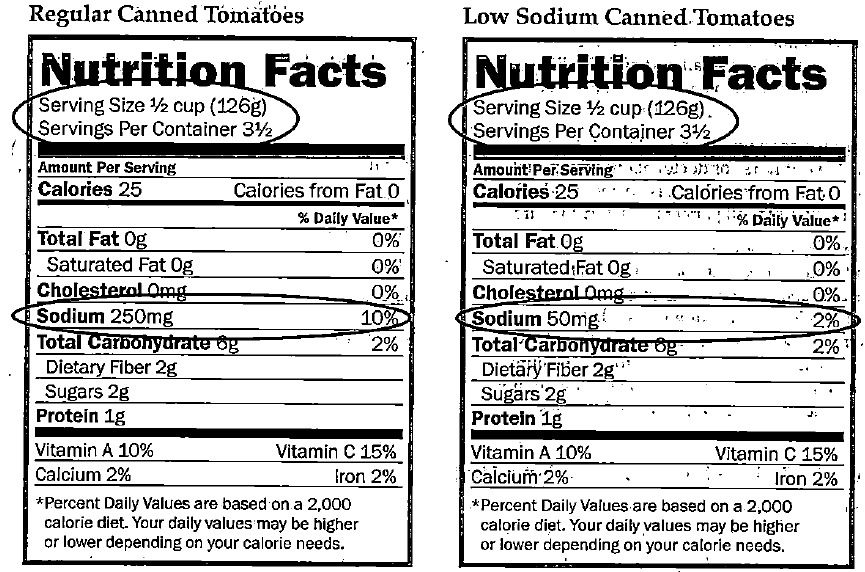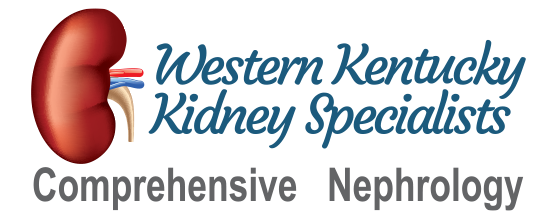Most Americans eat too much sodium (salt), which can increase your blood pressure. Too much sodium in your food can also make you retain (hold) extra fluid when you have heart failure. This makes your heart work harder. Fluid buildup can result in (1) fluid in your lungs which causes trouble breathing and (2) swelling (edema) especially in your legs.
It is a good habit not to add salt to your food when cooking or at the table, but the saltshaker only adds a small part of the sodium we eat. Most sodium comes from packaged, processed, store-bought and restaurant foods.
Every patient’s condition is a little different. Talk to your nurse or doctor about any special instructions for you. There is no one standard sodium limit for all patients with heart failure.
An example of how to manage your sodium limit: Your nurses and doctors tell you to eat less than 2500mg of sodium a day. One way to do this is to plan your meals so that you eat 700mg of sodium or less each meal. This allows you 400mg throughout the day for low sodium snacks such as fruits, raw vegetables, low sodium cereals, unsalted nuts, and unsalted pretzels.

Here is an example of a food label that shows the difference between regular sodium (on the left) and reduced (low) sodium (on the right) canned tomatoes. See that there are 3 ½ servings (1/2 cup each) in each can. The food label tells you how much sodium is in one serving. A good rule of thumb is to try and eat nothing that has over 150 mg of sodium in 1 serving.
Almost half (44%) of the sodium we eat comes from the very common foods on this list. You might not think about food like bread having a lot of salt. But when you eat a few servings a day, it adds up. There are many low sodium choices in these food groups. Learning to read food labels is important. Eating a lot of fresh fruits and vegetables and foods you make yourself will help keep your sodium intake lower too.
• Breads and rolls
• Cold cuts and cured meats
• Pizza
• Poultry
• Soups
• Sandwiches
• Cheese
• Pasta dishes
• Meat dishes
• Snacks
How to Reduce the Sodium in Your Diet
- Read Nutrition Facts labels on the foods you buy when shopping. This can help you find the lowest sodium choices of your favorite foods.
- Eat more fruits and vegetables – fresh, frozen (without sauce), or “no salt added” canned products. If you eat canned or processed foods, rinse them with water before you cook or eat them.
- Limit processed foods that are high in sodium (hot dogs, lunch meat, frozen pizza, and canned soups).
- When eating at a restaurant, ask for no salt to be added to your food. Ask for sauces or dressings on the side and just put a little on your food.
- Don’t eat snacks from a vending machine.
- Ask your nurse or doctor if you should avoid any medicines, especially “fizzy” ones that some people take for indigestion or headache. These may be high in sodium.
What About Seasonings?
- There is as much sodium in sea salt and Kosher salt as there is in regular table salt. Limit these just like you limit table salt.
- Salt substitutes: ask your nurse, doctor, or dietitian if these are okay for you to use.
- Stay away from flavored salts, lemon pepper, garlic salt, onion salt, meat tenderizers, flavor enhancers, bouillon cubes, ketchup, mustard, steak sauce, and soy sauce.
- Choose onion powder or garlic powder instead of garlic salt. Fresh herbs have no salt.
